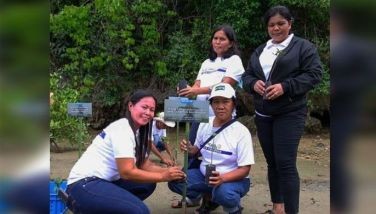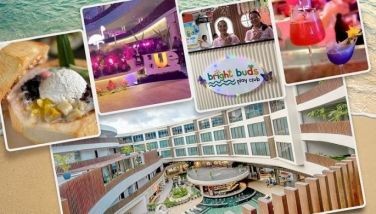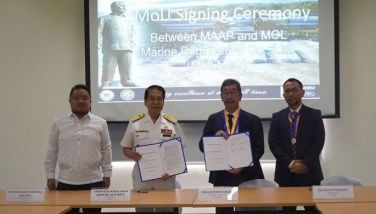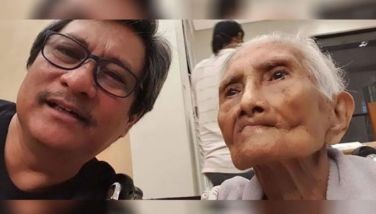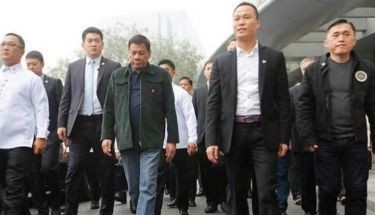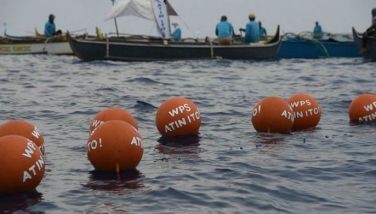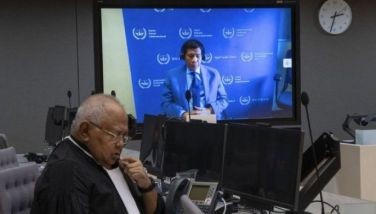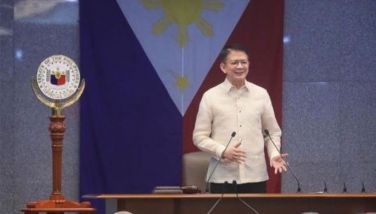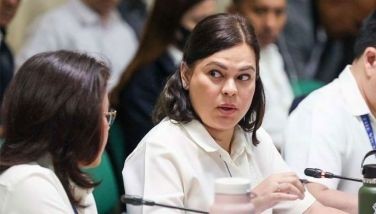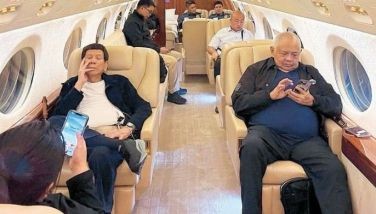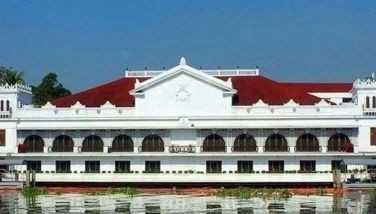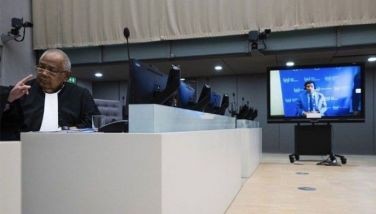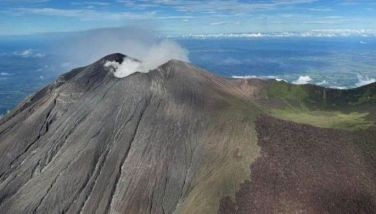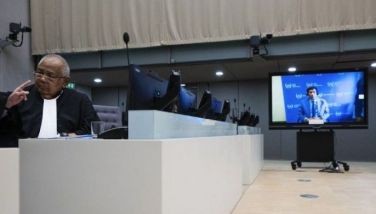At Bangsamoro pilot learning hub, education must be intersectional to be inclusive
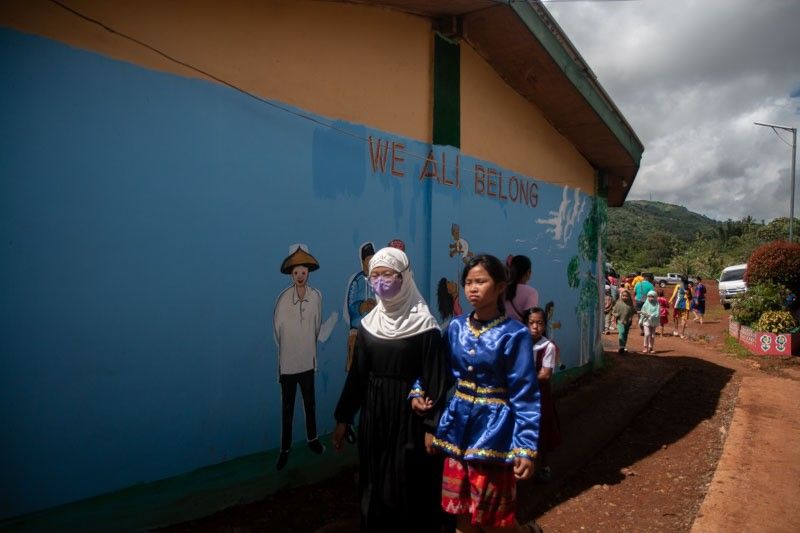
MAGUINDANAO DEL SUR, Philippines — For three decades, school principal Lourdes Germo has kept a running tally of the different reasons children under her care have had to drop out.
Everything from poverty-stricken 12-year-old girls being forced into child marriages, to students arriving at their desks hungry and unable to focus — “(It’s like) generation after generation was slipping through our reach, and all we could do was try our best to keep them in school,” Germo told Philstar.com in Filipino.
Germo said that when she taught at Timanan Central Elementary School (TCES), she had one or two students fall into a river while making their three-kilometer trek to school. The children suffered injuries and had to miss class for days, Germo said, “but at least they did not drop out.”
Chronic absenteeism and difficulties bringing children back to classes at TCES and in other schools at South Upi, Maguindanao Del Sur — a fourth-class landlocked municipality marked by violent skirmishes that disproportionally affect indigenous groups.
'War on exclusion'
But their experiences only speak to the larger education woes that have beset the Bangsamoro Autonomous Region of Muslim Mindanao (BARMM) for years, where Ministry of Basic, Higher and Technical Education (MBHTE) Basic Education Director General Abdullah Salik, Jr. has declared a “war on exclusion” to reverse its worrying enrollment rates and to ensure “no Bangsamoro child is left behind.”
Spurred by what they called “tough lessons” from the pandemic’s impact on children and the region’s transition to autonomy, education leaders, teachers, development workers and even parents helped build in 2022 a community-designed model center for inclusive learning that they hope will help students stay in school.
The Inclusive and Supportive Center of Learning at TCES is the first-of-its-kind learning hub in the country that breaks away from “traditional paradigms of inclusive education” by championing not just children with disabilities, but also IP learners and those displaced by conflict, said Yul Olaya, chief of the curriculum and programs at the MBHTE.
Built after months-long consultations with representatives of the disability and IP sectors, among others, the ISCL provides tailored learning resources and facilities for children with disabilities, IP learners and alternative learning system (ALS) students.
The education ministry is also gearing up to turn the ISCL into a central hub that will provide health assessments and referrals, as well as technical support and mentoring for neighboring schools without special education (SPED) facilities.
“The previous status quo is that parents (of children with disabilities) don’t enroll their children if the school does not have a SPED program. Now, that won’t happen. It’s schools’ number one obligation to open its enrollment to every kind of student,” Olaya told Philstar.com in Filipino.
“The ISCL is also our way of recognizing that there are children who are not necessarily a person with disability, but there are many barriers that prevent them from going to school,” Olaya said.
Closely intertwined with the design of the ISCL is the conduct of the child-finding system, where for a month, teacher enumerators scoured nearby communities and villages to determine the difficulties faced by children physically, emotionally and mentally, and sought to identify the best means to bring out-of-school youth back to the fore.
“We believe that in many cases, it’s not the children who have disabilities,” Olaya said.
“It’s the school that has a disability when it cannot accommodate learners with different circumstances.”
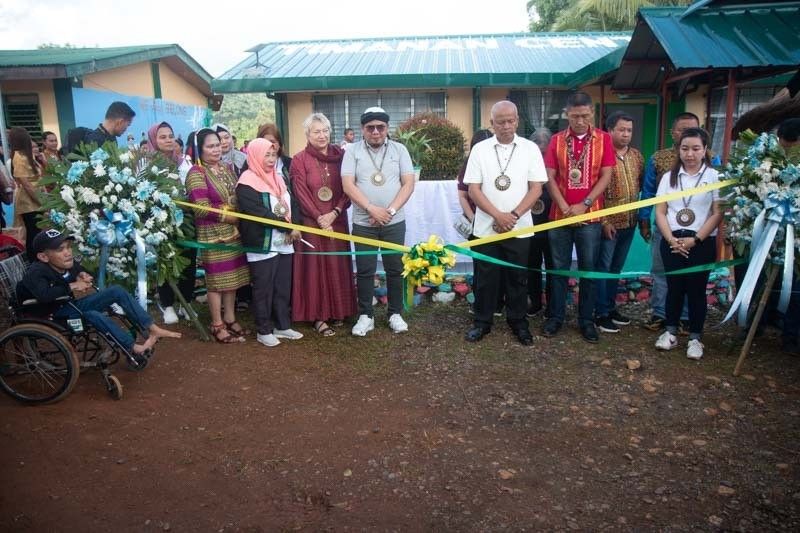
Intersectionality moves students forward
The passage of Republic Act 11650 — which mandates the establishment of an Inclusive Learning Resource Center for children with disabilities in every city or municipality — was hailed as a beacon of hope for the sector in 2022.
But the law has yet to be implemented in full after more than a year due to the Department of Education’s failure to issue its Implementing Rules and Regulations, which an official said was still in its second draft.
RELATED: Landmark law for children with disabilities still unimplemented a year since passage
Imelda Sombrito, who serves as the focal person for IP education in BARMM, told Philstar.com that they "repurposed" and contextualized RA 11650 to better fit the needs of BARMM learners.
Members of the team behind the ISCL said that the inclusive learning centers BARMM officials wanted to build should also cater to students with diverse backgrounds — particularly those from indigenous groups and those escaping conflict.
Intersectionality is "rooted in the Bangsamoro Education Code," said Meriam Alug-Macalangcom, who sits as one of the education consultants consulted by the team behind the formation of the ISCL.
Weaved into the region’s education code and inclusive education framework is the concept that disabilities are not just the only “barriers” to learning, she added.
“Children in the region have intersectional roots. They can have a disability and be an IP. They can have a disability and live three, four kilometers away from the nearest school. Or even all three. We don’t want to confine ourselves to viewing children into just one identity,” Alug-Macalangcom told Philstar.com in Filipino.
Members of the team that helped build the ISCL said that the context of BARMM learners remained different from that of the rest of the country. Trainings conducted by DepEd’s central office with BARMM teachers did not take into account the diverse experiences of most children in the region.
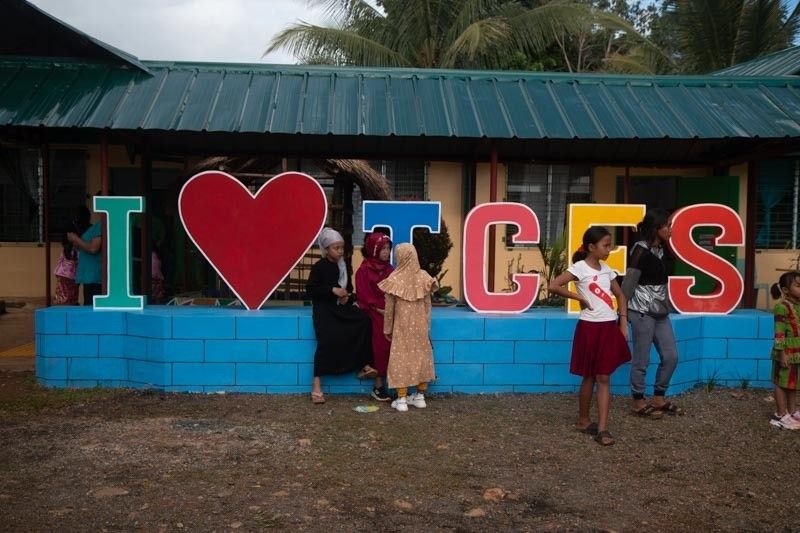
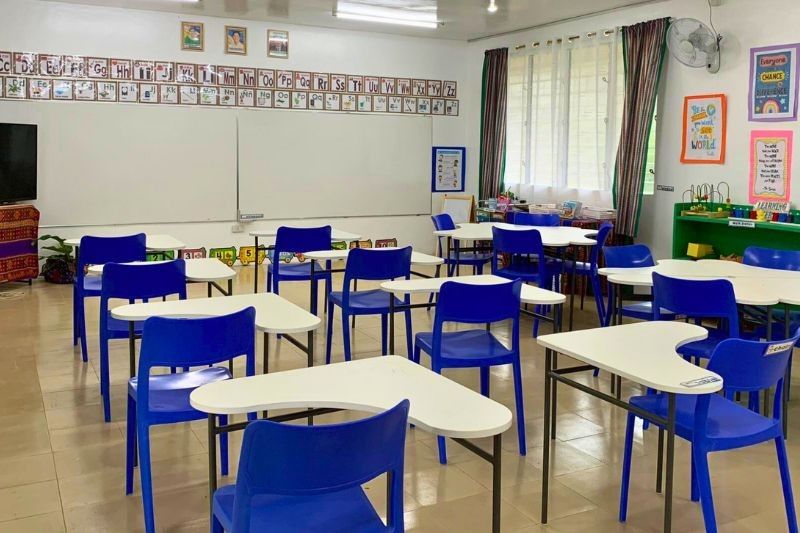
Community-designed, community-led
There are also no “shortcuts” to achieving inclusive education, members of the team said.
Behind the construction of the ISCL is an Inclusive Support Group that drew its representatives from the disability sector, indigenous persons and even parents of children escaping conflict who spent months debating over what the learning hub should look like.
Education reform, at its best, should be "community-designed and community-led,” Sombrito and other representatives of the group
For instance, Sombrito said that IP elders were not merely consulted on the design of the ISCL. "They are our partners, because everything related to education is always an ongoing conversation," Sombrito told Philstar.com in Filipino.
It took the group at least half a year of discussions and compromises mutually agreed upon on the ISCL’s planned personnel, resources and services before the ISCL could get built.
After the hub was constructed, BARMM officials and teachers spent weeks testing its PWD-friendly facilities and holding “simulations” of the health referral system, according to the education-focused social enterprise The Teacher’s Gallery (TTG), which helped build the center.
The cost of constructing the learning hub was shouldered by the local government and Education Pathways to Peace in Mindanao, a program supported by the Australian government.
Everything else — from teaching materials and assistive devices to violence against women-related materials and art therapy resources — was brought in by parents, teachers, the school principal and members of TTG.
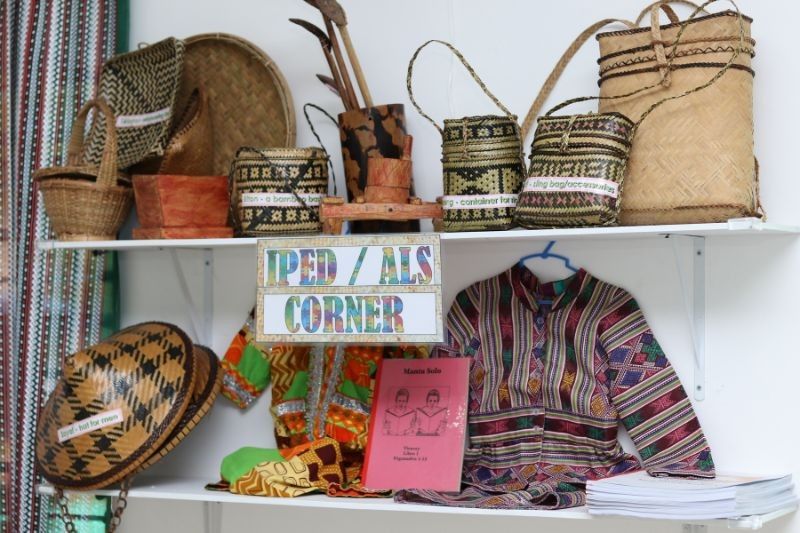
TTG Executive Director Mai Roble told Philstar.com that while RA 11650 focused heavily on requiring schools to have the infrastructure ready before they can provide services to students with disabilities, the community participation in setting up the ISCL at South Upi was proof of how “Bayanihan” could move things faster than legislature.
“When we were conceptualizing this, we were realizing that it’s not just the quality of learning that we should focus on measuring. While this is a new concept, what’s more inclusive is to focus on improving students’ quality of life,” Olaya said.
This means that teachers in a school with an ISCL should be asking “what elements would help to improve the life of a student” while adhering to DepEd-mandated national competencies, Olaya said.
“Responses to that fundamental question will shape the curriculum,” Olaya added.
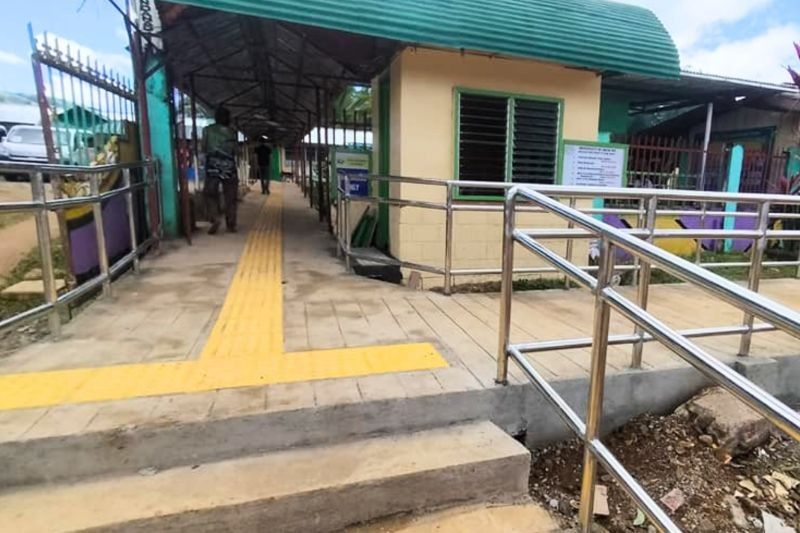
No child left behind
Seven out of 10 students at Timanan Central Elementary School — a two-hour drive away from Cotabato City — belong to the Teduray tribe.
Germo, herself a member of the Teduray group, said that the school’s IP students could even be considered the lucky ones. “Many adults never get to finish elementary, or step foot in school at all,” she said.
Besides the troubling enrollment and dropout rate, BARMM students have traditionally lagged behind the country in terms of learning competencies. In the last seven National Achievement Tests, Grade 6 students in BARMM only exhibited near proficiency in English (52%), Mathematics (52%) and low proficiency in Science (46%).
At the heart of the problem, according to TCES School Nurse Jeannefel Blah, is the region’s chronic malnutrition and stunting. Many young mothers also pass on the effects of malnutrition to the baby in their womb.
“We found in our school-wide survey in 2022 that at least 10 to 15% of the children at TCES were stunted,” Blah said.
With more than 200 barangays in BARMM without a single public school, TCES has traditionally attracted learners of diverse backgrounds from localities as far as three to four kilometers away.
The pressing need to adopt an inclusive education approach in the area has even prompted the local government of South Upi to issue an ordinance promoting the inclusive education framework in schools.
It is easy for the local government leaders to throw their support behind big-ticket projects with quick, tangible returns, like infrastructure, Pathways Strategic Communications Adviser Dominique Monera-Tabora said. “Education is more abstract — it often takes years to see its greatest impacts.”
In a way, "the construction of the ISCL is just symbolic," Olaya explained.
"The end goal is not the establishment of the ISCL. The goal is to change people's minds and to make them care, to make them respond to children's needs,” he said.
"The process is where the transformation is."
--
Disclosure: Reporting for this story was made possible with support from The Teacher’s Gallery, a social enterprise founded from an advocacy for inclusive education. This article was produced following editorial guidelines and The Teacher's Gallery did not have input on how the story would be written.
- Latest
- Trending












